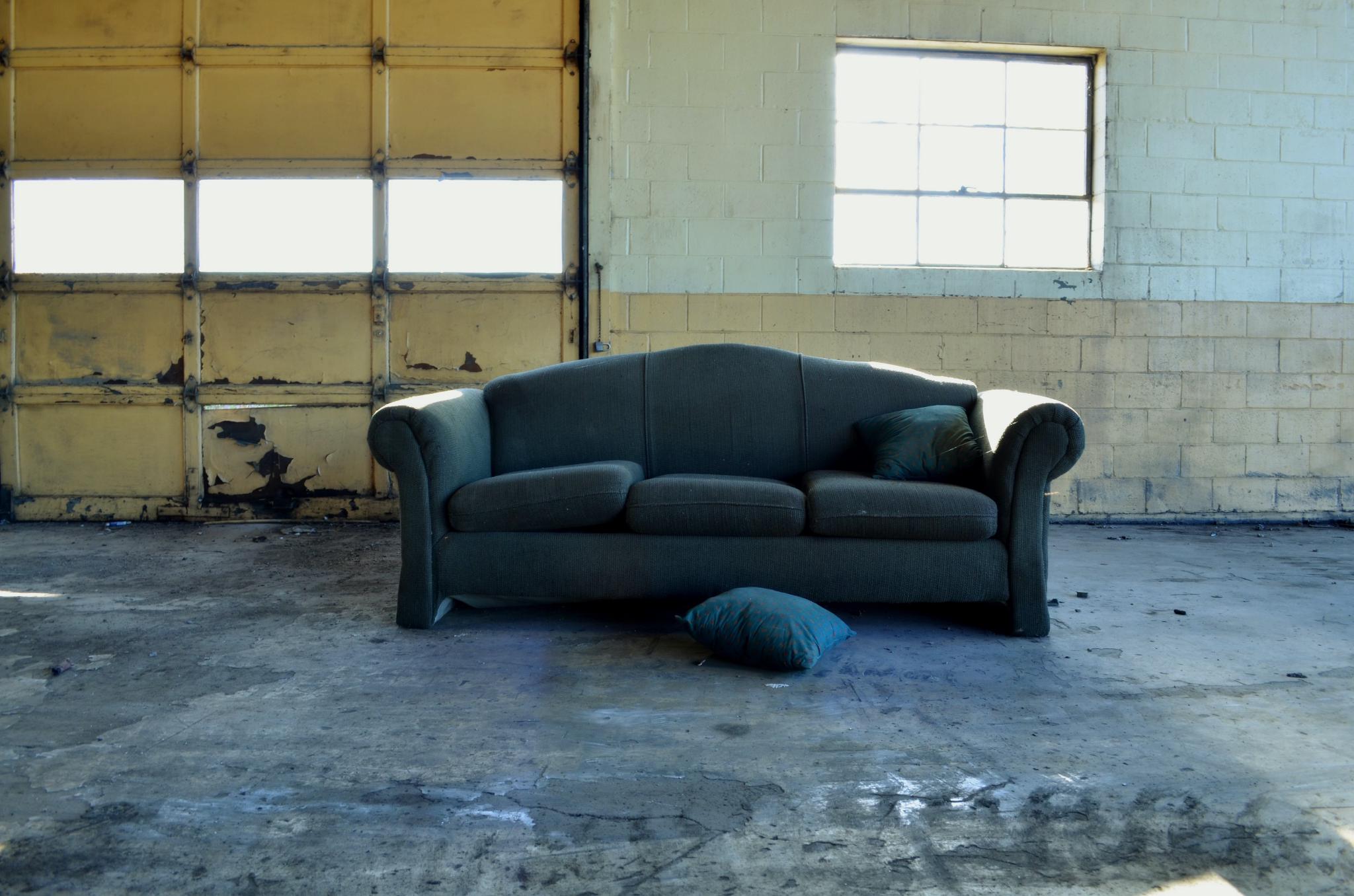Three key take-aways from SofaConf
SofaConf was a remote conference by ClearLeft. At Angi Studio we all “went”. In other words, we sat on our own sofas and watched the videos. Here’s my three key-take-aways.
How’s the remote conference experience? #
The first day was very exciting: we all watched the videos together (remotely) and commented on them in real time. The days after that, not so much.
Frankly, it feels more like a Youtube playlist than a conference 🤷♂️

My three main take-aways: #
- Research can be the tool to bring designers closer to management. Doing research on your own organization is a great way of showing the impact of research. Your research-department will be noticed by the whole organization (also the C-suite). By informing marketing, you can give important stakeholders some exposure. Research also works directly within a team (“healing the designer — product-manager divide”, see the talk below)
- You need diversity. Don’t hire for ‘culture fit’, but hire for ‘value fit’. It’s good to have a diverse team (different backgrounds, capabilities, personalities, etc.). It brings in different perspectives and makes sure you don’t miss things. But beware: cultures might clash!
- Do not ship features, but value. Find your focus, your one goal. Then pursue and communicate that goal. Don’t fall into the “build-trap” of producing features, but go for value. Take Netflix as an example: they built the Roku, but at the very last moment decided to spin it of as a separate product because they realized their value was in the content world instead of hardware. Having their own device would mean competing with devices of other companies instead of showing their content on those devices. Finding out your value happens through research and service design.
Some more insights #
Write short #
The C-level research-report can be as short as four bullet-points in an email.
Diary studies are worth it #
A usability study usually lasts 45 minutes up to 90 minutes. In one such study, Kelly Goto tested how people choose their healthcare insurance. Most participants managed to complete the task in the allotted time. But an interesting thing happened when they did a diary study to complement the usability study: they found out that the process of choosing an insurance normally can last up to a month! You research your options, pick one, doubt during the filling in of the form, ask some friends and colleagues, compare some more and fill in again. Of course that behavior might require a different design or content.
Kelly had some other great stories and tips (keep motivating your participants, always get video data and make sure your time period includes a weekend). I’ve included her talk below.
Every company is a ‘services provider’ #
If designers only look at your product, your (potential) customers can have a bad time. Services you provide can be support, sales, etc. As services are the ‘spaces between things’, it can be hard to convince your organization that “yes, this organization also really provides services”. Again: service design!
Start with stealth projects if you want to implement design thinking, service design or innovation in your company #
Start with small, boring “stealth” projects because you’ll have a safe space. Don’t focus on you customers straight away but start with your own employees: find their painpoints through simple research (like a Slack-channel) and try to improve on that. Loads of people will be impacted and see the value of service design. Remember: not all innovation is disruptive! Check Marc’s talk for more.
“Who led the digital transformation? Your CEO, CTO or Covid19”? #
Remote work is here to stay. Even if only one person is remote, the whole meeting is remote. So innovate your remote processes! And that can be beneficial: people need to show their impact and decisions get documented better. Think about getting rid of your 8 hour day.
Cool ideas #
Turn design thinking inwards #
Haroon Aslam had some cool tips for improving your organization using methods from design. Two cool techniques “competing truth” and visioning workshops.

The break-up letter #
Ask your participants to write a ‘love letter’ or ‘breakup letter’ at the end of a diary study, it will give insight in their emotions.
Define baseline behavior #
You can define the baseline behavior prior to, during or even after the launch of a project. It helps keep everybody in check.

The stakeholder map #
Use post-its with a group to figure out who are all the stakeholders “involved in a project”. It’s probably a lot more than you think.
The 7 talks I really liked #
- Outcomes over output by Josh Seiden
- Looking Inwards — Things We Learned About Ourselves And Our Research Practice From Our Internal COVID-19 surveys by Leisa Reichelt
- Fieldwork from home by Kelly Goto
- You’re on the Air, I’m listening: Facilitating Remote Research by Rachel Price . Great exercises for improving your interviewing
- 20 Tips — How To Embed And Scale Service Design In Organisations — Marc Stickdorn
- Clearleft Curates: Farai Madzima: Cultural bias in design(ers) . Beautiful slides and story, with some concrete examples on teams failing due to culture.
- How To Lose Less In AB Testing — Simeon Wishlade
I also learned some new function titles: “design historians”, “content designers” and “growth designers”, as if we didn’t have enough confusing titles in design…
Let me know if you have any feedback: [email protected] or find me on LinkedIn ;)
Published previously on my Medium-account: Three key take-aways from SofaConf